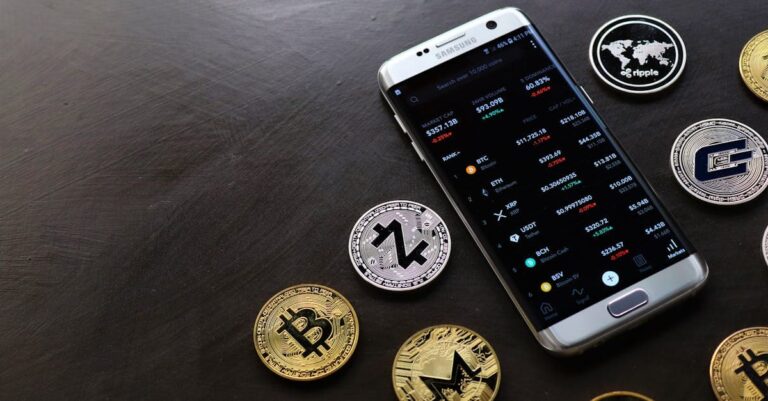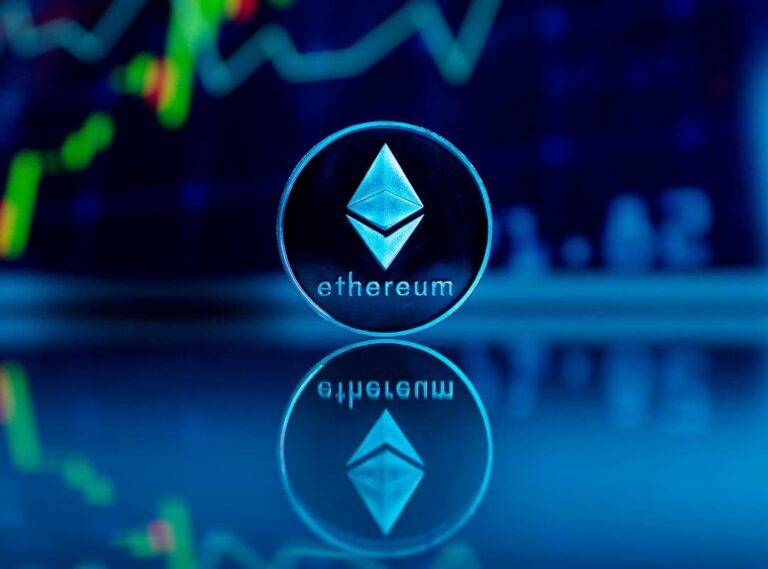Blockchain technology is transforming industries across the globe, and one of its most promising applications is in the management of digital assets. In a world where more of our value is tied to digital goods — whether it’s content, music, videos, or intellectual property—blockchain offers a new way to manage, track, and monetize these assets. By introducing decentralization, transparency, and security, blockchain is revolutionizing the way we think about ownership, rights, and revenue distribution for digital assets.
One particular area where this impact is being felt is in platforms that host and distribute digital content, such as YouTube Creator Music, where artists and content creators often face challenges in terms of rights management, revenue tracking, and fair compensation. In this article, we’ll explore how blockchain is reshaping digital asset management and why it’s becoming a key solution for the future.
The Challenge of Managing Digital Assets
Digital assets encompass a wide range of items, from images, videos, and music to documents and intellectual property rights. As the internet has become a dominant platform for distribution, the challenges of managing digital assets have multiplied. These challenges include:
- Ownership and Provenance
It is often difficult to prove ownership of a digital asset. Content can be easily copied and distributed without the permission of the original creator. This leads to issues with copyright infringement, piracy, and revenue loss for creators. - Revenue Distribution
In the digital age, revenue from digital assets is often shared among various stakeholders—content creators, platforms, distributors, and advertisers. However, the current system lacks transparency and often leaves creators wondering if they are being paid fairly. For instance, on YouTube, the introduction of YouTube Creator Music has enabled artists to earn revenue from their music. Still, the model relies on traditional revenue-sharing methods, where middlemen often take significant portions of the earnings. - Intermediaries and Centralized Control
Today’s digital ecosystems are typically controlled by large, centralized platforms like YouTube, Spotify, or Apple. These platforms serve as intermediaries that manage the distribution, licensing, and monetization of digital assets. While they provide a valuable service, they also retain much of the control over how assets are monetized and how revenue is distributed, leaving creators with less control and lower payouts.
How Blockchain Solves These Problems
Blockchain technology is providing solutions to these problems by introducing a decentralized, transparent, and secure framework for managing digital assets.
- Decentralized Ownership and Provenance
Blockchain’s most significant contribution to digital asset management is its ability to create a decentralized ledger that records ownership and transactions. Each digital asset, whether it’s a piece of music, a video, or an image, can be “tokenized” on a blockchain. This token represents ownership of the digital asset and is stored on the blockchain, creating an immutable record that proves who owns the asset and when they acquired it.For content creators using platforms like YouTube Creator Music, this could mean that each track or piece of content they produce is tied to an irrefutable blockchain record. This makes it easier to prove ownership, combat piracy, and ensure that revenue flows directly to the rightful owner. - Smart Contracts for Revenue Distribution
One of the most powerful features of blockchain is the ability to use smart contracts—self-executing contracts with the terms of the agreement directly written into code. In the context of digital assets, smart contracts can automate revenue distribution.Imagine a musician uploading their track to YouTube Creator Music. Instead of relying on YouTube’s centralized system to manage revenue, a smart contract could automatically distribute payments to the artist, producer, and other collaborators as soon as the track is streamed or licensed. These payments would happen instantly and transparently, without the need for intermediaries. This means no more waiting for months to receive royalties, and no concerns about whether the payment is accurate. - Direct Monetization and Elimination of Middlemen
Blockchain enables creators to bypass traditional intermediaries and engage directly with their audience. For instance, musicians could sell their tracks or music rights directly to listeners via blockchain-powered platforms. This direct-to-consumer approach eliminates the fees and control exerted by platforms like YouTube or Spotify, allowing artists to retain a larger share of the revenue.NFTs (Non-Fungible Tokens) are one example of how blockchain is enabling new ways to monetize digital assets. NFTs allow creators to sell unique digital items, such as limited-edition music tracks, artwork, or videos, directly to fans. The ownership of these NFTs is recorded on the blockchain, making the transaction transparent and secure. - Transparency and Security
Blockchain’s transparency ensures that every transaction, from the purchase of a digital asset to its distribution and revenue generation, is recorded and visible to all parties involved. This eliminates disputes over rights and revenue and provides content creators with greater insight into how their assets are being used and monetized.Additionally, because blockchain is decentralized and immutable, it is much more secure than traditional databases. Once a transaction or contract is recorded on the blockchain, it cannot be changed or tampered with, reducing the risk of fraud or data breaches.
Case Study: YouTube Creator Music and Blockchain
Platforms like YouTube Creator Music offer an excellent example of where blockchain could revolutionize digital asset management. While YouTube has already made strides in helping creators monetize their content, the system still relies heavily on centralized control. Artists are subject to revenue-sharing models that often involve multiple intermediaries, from YouTube itself to record labels and distributors.
By integrating blockchain, platforms like YouTube could create a more transparent and efficient model for revenue distribution. For example, blockchain could be used to create a smart contract for every video or piece of music uploaded to YouTube. When a user streams the video or song, the smart contract would automatically trigger payments to the creator, ensuring that they receive their earnings instantly and without the need for intermediaries.
Additionally, NFTs could be used to tokenize special editions of music or videos, allowing creators to sell exclusive content directly to their fans. This would give artists more control over their digital assets and offer fans unique ways to support their favorite creators.
The Future of Digital Asset Management with Blockchain
Blockchain is still in its early stages, but its potential to revolutionize digital asset management is undeniable. As more creators, platforms, and consumers embrace blockchain technology, we are likely to see a shift away from centralized models and toward a more decentralized, creator-friendly ecosystem.
In the future, blockchain could become the standard for digital asset ownership, providing creators with the tools they need to control, track, and monetize their work in a transparent and secure way. Whether through tokenization, smart contracts, or NFTs, blockchain offers a new paradigm for how digital assets are managed, empowering creators to take control of their work and build direct, transparent relationships with their audience.
In conclusion, blockchain is poised to revolutionize the management of digital assets by addressing critical issues like ownership, revenue distribution, and transparency. For platforms like YouTube Creator Music, blockchain could introduce a new era of direct monetization and fair compensation for creators. As the digital economy continues to grow, blockchain will play a crucial role in shaping the future of how we manage and monetize digital content.





